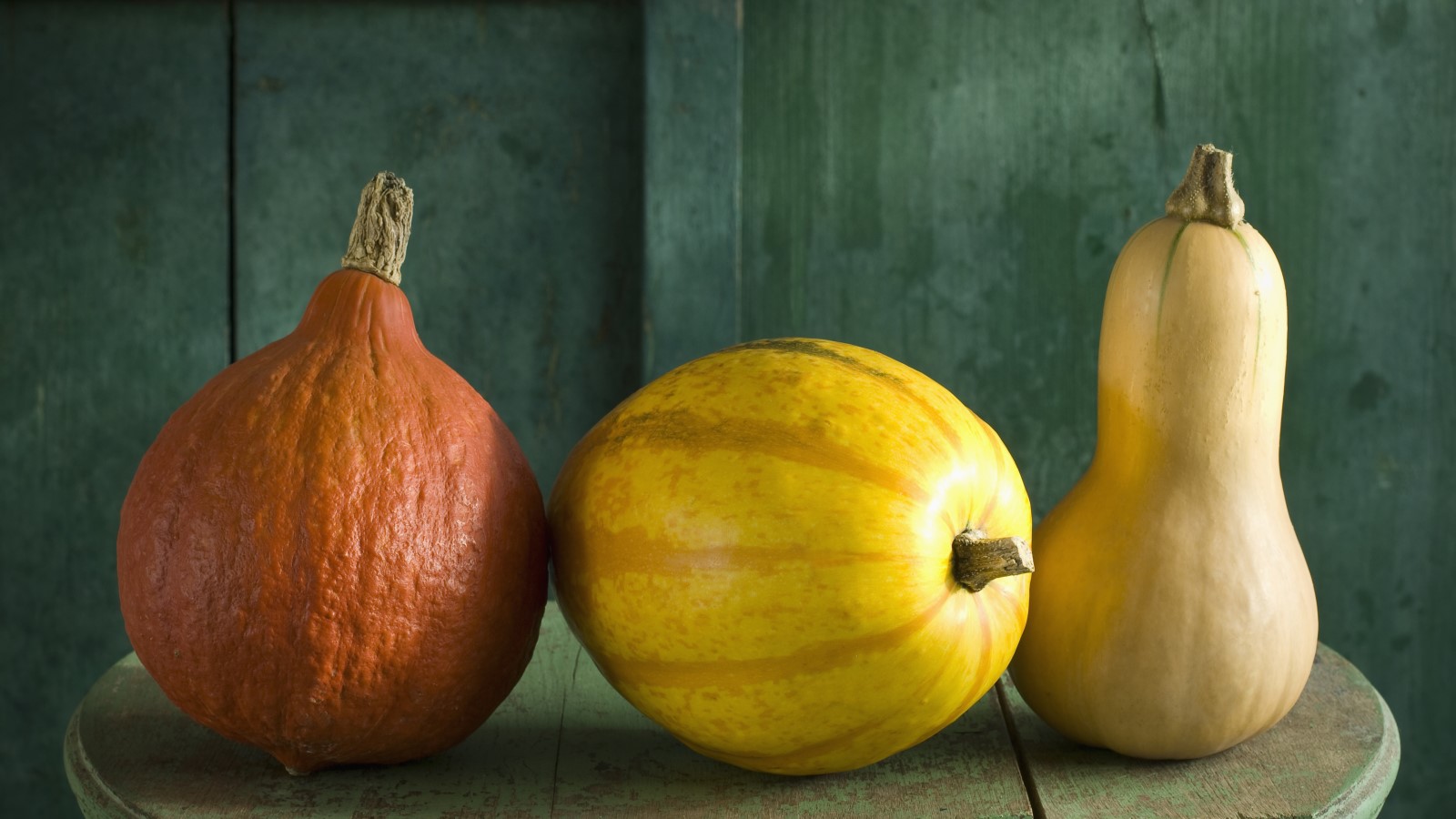
There are certain types of squash that are classed as winter squash, these can include pumpkins, butternut squash, spaghetti squash, acorn squash and more. They all have a long growing season, being planted out after the last frost and harvested in late summer or fall before the frosts return again.
If you are growing pumpkins, or any other winter squash, then they tend to take around 100 days to be ready to harvest and the rind’s hardness and color are great indicators of when the squash is ripe and ready to pick.
We take a close look at when to harvest winter squash, including expert tips for the signs to look out for and how to harvest and cure your fruits correctly to make sure they can be stored for the longest time possible.
When to harvest winter squash
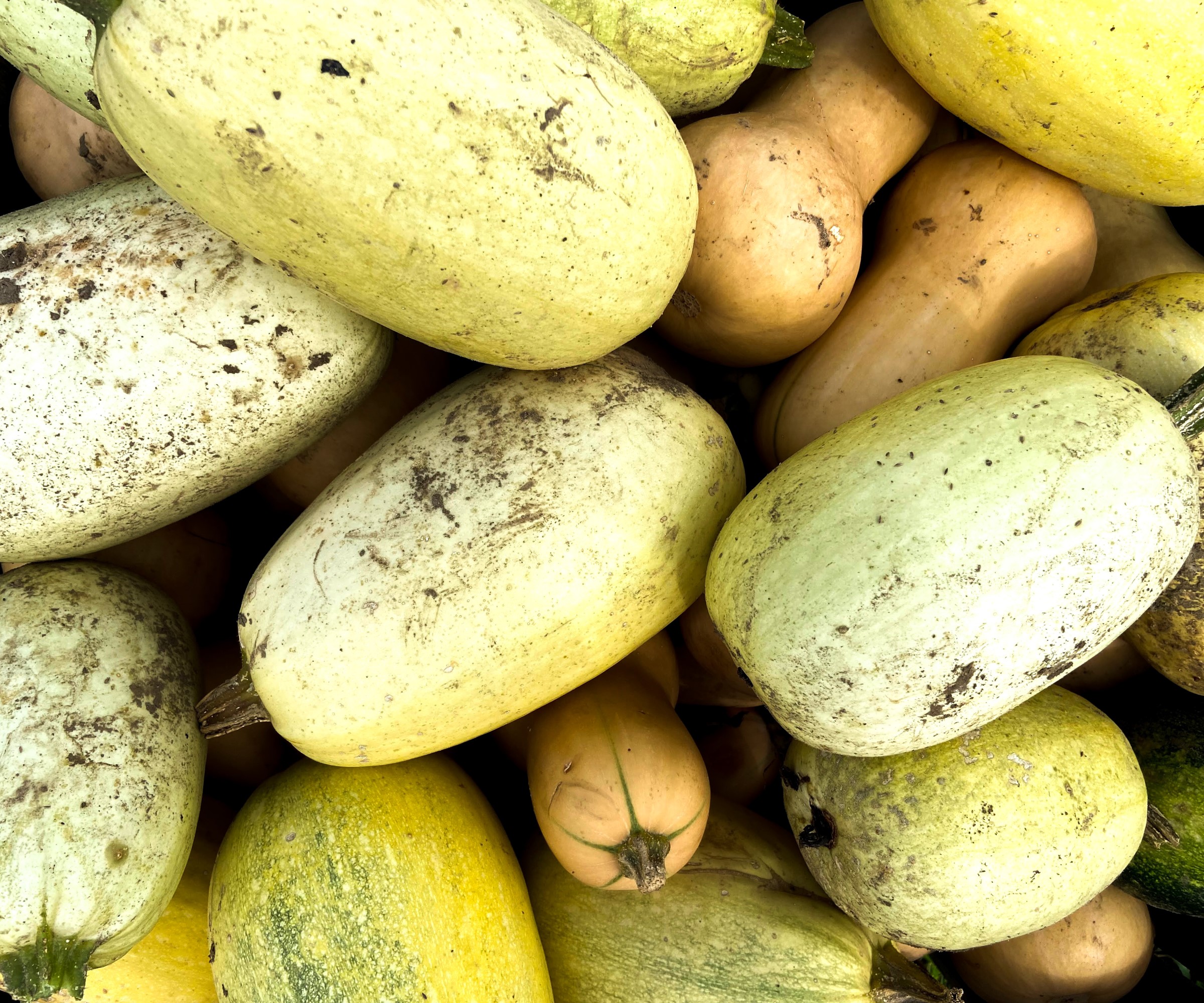
Winter squash are vining plants that can fill a vegetable garden with their sprawling foliage and bumper crop of fruits. They are one of the easiest vegetables to grow, but do have a long growing season and it can take around 80 to 110 days to go from sowing the seeds to harvesting the fruits. When you are planning a kitchen garden for the year it is always recommended to check the advised days to maturity for the variety, so you can anticipate when to harvest.
The exact time for when a winter squash will be ready to harvest will depend on the variety and also the growing conditions, however there is a window to harvest winter squashes. This can start in late summer and run through fall, the typical months for harvesting tend to be September and October, but you want to have your fruits lifted by the time heavy frosts hit that can cause your squash to go soft.
The date when the frosts hit will be dictated by your US hardiness zone and lifting your winter squash after a frost can impair its flavor and storage potential. Leaving the fruit on the vine for too long can lead to a tougher skin and a deterioration in overall quality, as well as leaving it at the risk of being hit by frosts.
See the range of squash seeds available at Burpee
Signs of a ripe winter squash
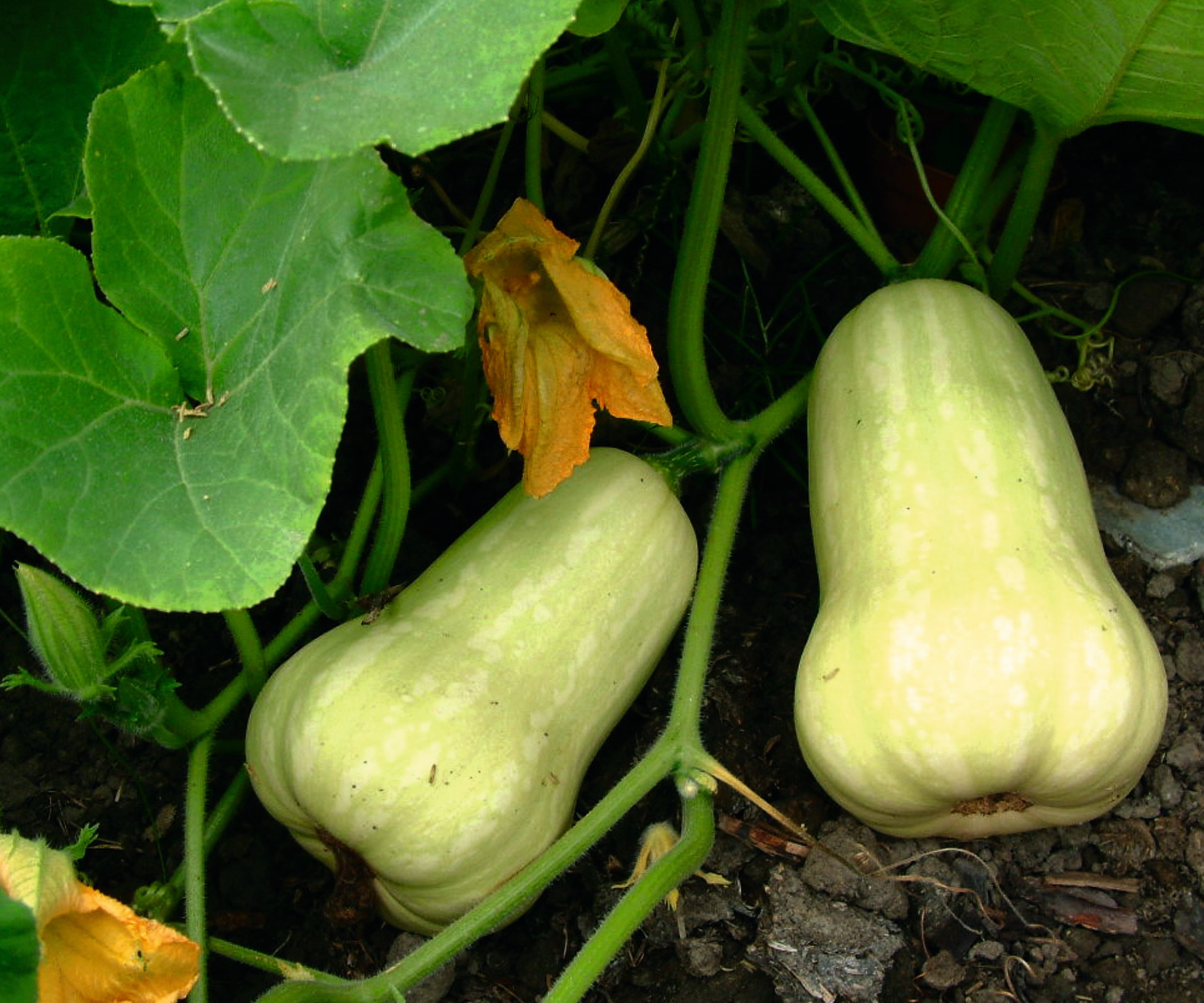
There are several signs that will indicate that a winter squash is ready to harvest. Harvesting winter squash is different to harvesting summer squash, with the latter often harvested when they are immature. With winter squashes you want the fruit to be fully matured before removing them from the plant.
You want to closely monitor your plants and keep a close eye on the color and rind of the fruits, as they are factors that demonstrate when it is ready to harvest. In addition, look for the stem that attaches the squash to the plant turning dry and brown. A woody stem tends to indicate that the fruit is no longer actively growing and it has reached the level of maturity to be removed from the plant.
Lindsey Hyland, founder of Urban Organic Yield, claims it is usually ‘45 to 55 days after pollination’ that a winter squash shows the telltale signs of being ripe and ready to harvest.
She says: ‘Determining the readiness of winter squash for harvest generally depends on its rind's hardness and color. A mature squash will have a hard, thick rind that cannot be easily punctured with a fingernail.
‘Color is also a crucial indicator. Squashes like butternut, acorn, or spaghetti change from a green to a deep, solid color, typically orange, when they are ripe.’
If you gently tap the winter squash then it can be a further indicator that it is ready to pick, as the fruit should emit a hollow sound when mature. So if you are ever looking for clues for when to pick a pumpkin off the vine, look at the color, the stem, and also give it a tap to test if it is ready to be picked.
How to harvest winter squash
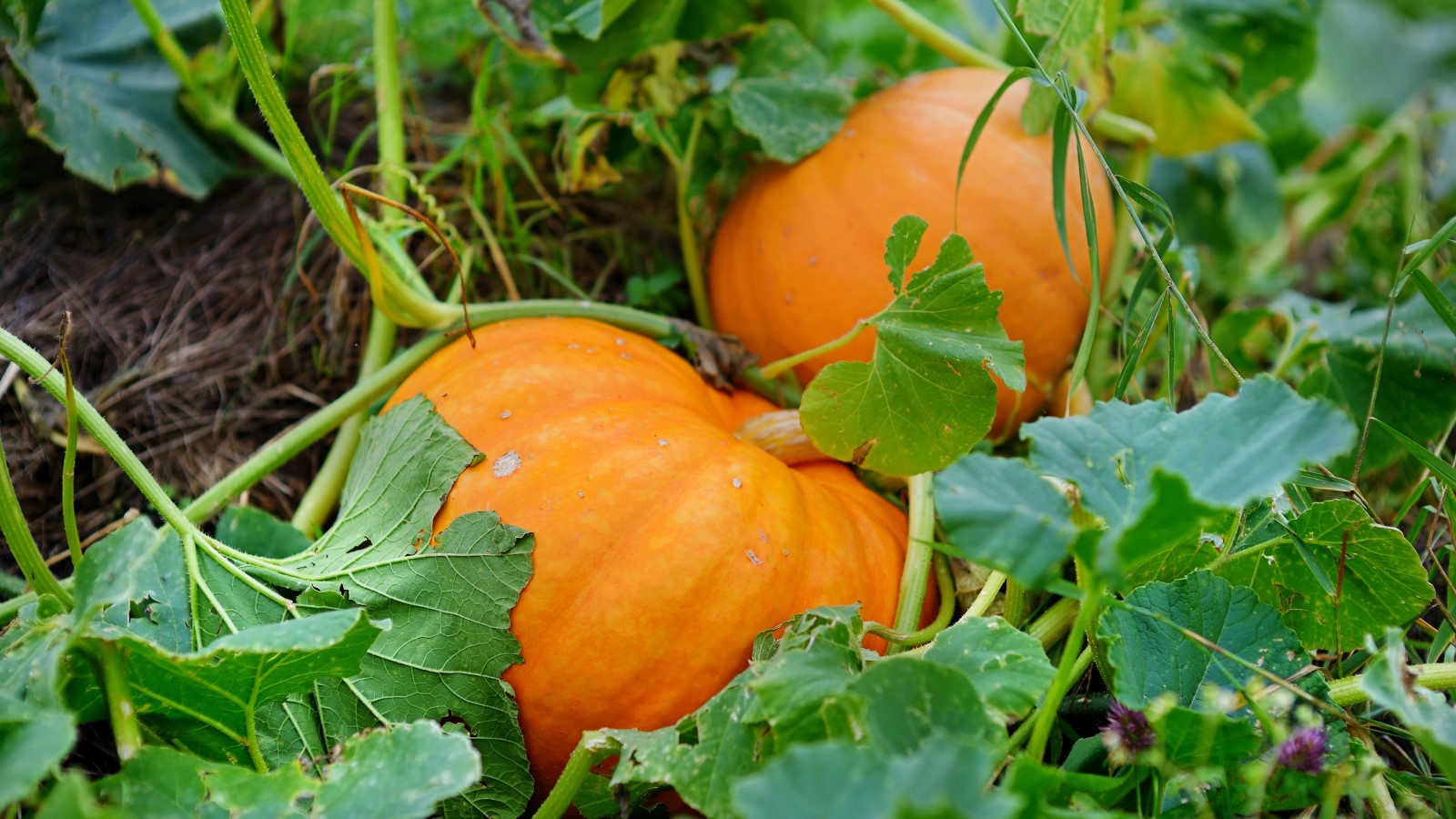
The process of harvesting winter squash is a simple one and you want to use clean and sharp garden tools, such as pruning shears or a knife, to separate the fruit from the vine. Always take care to handle squash carefully as any damage caused to the fruit will impact on how long it can store.
It is best to harvest on a dry day and you want to leave a portion of the stem attached to the fruit, as this will extend the storage life. Use your sharp knife or shears to cut the stem a couple of inches from each side of where the fruit meets the vine, essentially leaving a ‘T’ shaped portion of stem attached to the squash. Always cut the squash from the vine and never pull or tear the fruit to detach it.
Do not use this section of stem as a handle to move the squash, as it risks breaking off and damaging the squash. Any fruits that are bruised or damaged, or have their stems removed during harvesting, should be used first as they are more likely to experience rot during storage. Once the fruits have been picked, the rest of the plants can be removed and added to the pile to make compost.
Storing squash for winter
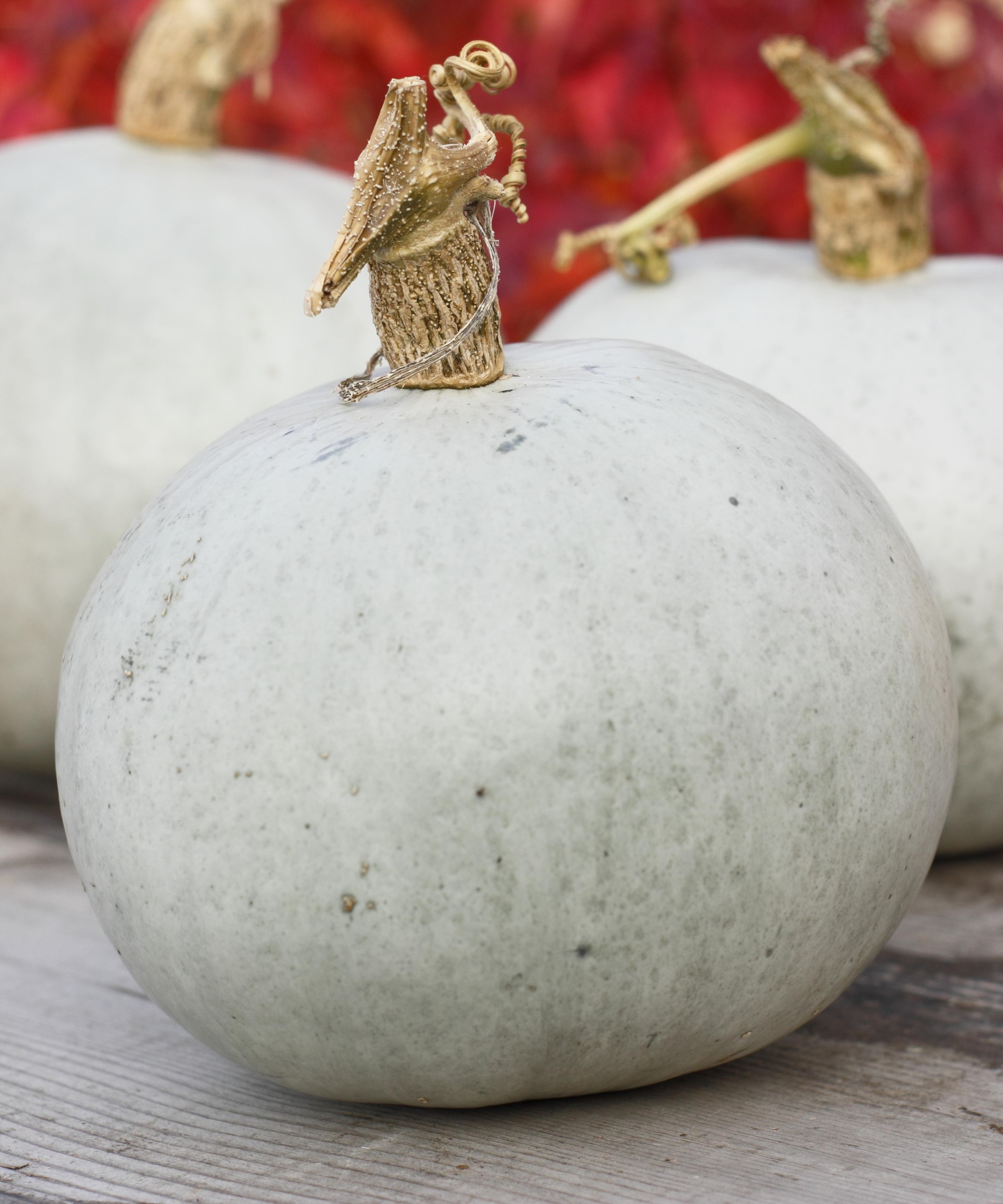
If cured and stored properly, winter squashes can be stored for up to six months. Robin Phelps, gardening and preserving coach at Sow Many Plants, advises that curing the fruits both improves their flavor and also ensures the maximum storage life possible.
She says: ‘Curing involves allowing harvested squash to sit in a warm, well-ventilated area for a period of time, usually 1 to 2 weeks. Curing helps toughen the skin and heal small wounds, reducing the risk of spoilage.
‘However, not all winter squash require curing. Varieties like butternut and spaghetti squash benefit from curing, while pumpkins may not need it.’
Squashes should be exposed to warm temperatures of 75-85°F for up to two weeks to cure, then they can be stored in a cool and dry place at temperatures around 50-55°F for up to six months.
FAQs
Can you eat a winter squash that is not ripe?
Winter squashes that are not fully ripe can still be eaten. They are not as sweet as fully mature ripe fruits but can often be used successfully as a substitute for zucchini in many recipes. The climate can result in not all fruits on the plant fully ripening, however with a bit of creativity you can still use them in the kitchen.
Will winter squash ripen if picked early?
Winter squashes are always best left to ripen on the vine. They do not continue to ripen once harvested, so it makes picking the fruits at the correct time all the more important. Unripe winter squashes will not have a long lifespan, so need to be used sooner rather than later once picked.
You should now know the signs for when to harvest butternut squash or any other winter squash if you are growing them in your garden. As they are prolific growers and can take up space, you can grow squashes vertically as part of vegetable garden trellis ideas. By growing them in this way to save space it makes winter squashes perfectly suited for both small vegetable gardens and also vegetable garden containers.







